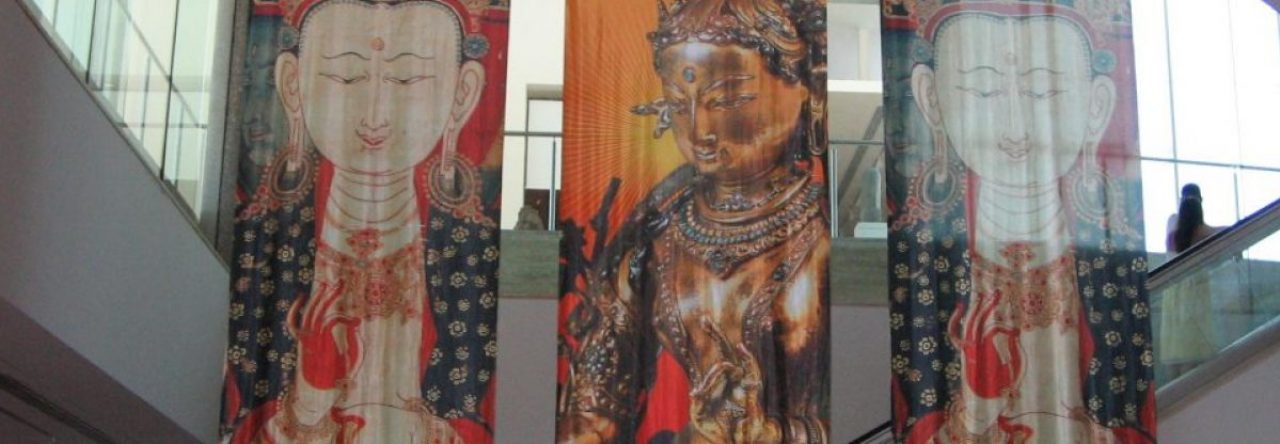Anguttara Nikāya (Numbered Discourses): 8. Pairs – 8.74
Mindfulness of Death (2)
Once the Buddha was staying in a brick house, at Nādika. There he spoke to the practitioners: “Practitioners, when mindfulness of death is developed and made strong it becomes very rich and deserves much praise. It merges into and culminates in the deathless.
“And how is mindfulness of death to be developed and made strong, such that it becomes rich and deserving of praise, merging into the deathless, culminating in the deathless?
“In this way: as day closes and night draws near, a practitioner reflects: ‘There are many things I could die of tonight. A snake, a scorpion or a centipede might strike me, and my time would be up. This would come between me and [practice of the way]. I might stumble and fall, or get food poisoning, or suffer a disturbance of bile or phlegm, or sharp wind. I might be attacked by humans or spirits. And, (death) might come between me and [freedom from birth and death].’ Then, a practitioner ought to reflect: ‘Are there any immoral or unwholesome states which I haven’t given up, which might be an obstacle to me if I die tonight?’
“Suppose that, upon checking in, a practitioner knows that there are such immoral, unwholesome states present. Then in order to give these up they should summon whole-hearted desire, effort, zeal, enthusiasm, steadfastness, mindfulness, and clear presence.
“Just like a person whose clothes or head were on fire: to put the fire out, they’d summon whole-hearted desire, effort, zeal, enthusiasm, steadfastness, mindfulness, and clear presence. In the same way, in order to give up those immoral, unwholesome states, a practitioner should apply whole-hearted desire, effort, zeal, enthusiasm, steadfastness, mindfulness, and clear presence.
“But suppose that, upon checking in, the practitioner knows that there are no such immoral, unwholesome states that would come between them and [liberation]. Then such a practitioner should dwell in joy and gladness, training day and night in wholesome states.
“Also, as night recedes and day draws on, a practitioner reflects: ‘There are many things I could die of, today. A snake, a scorpion or a centipede might strike me, and my time would be up. This would come between me and [realization of the deathless quality]. I might stumble and fall, or get food poisoning, or suffer a disturbance of bile or phlegm, or sharp wind. I might be attacked by humans or spirits. And, (my death) would come between me and [liberation].’ Then, a practitioner ought to reflect: ‘Are there any immoral or unwholesome states which I haven’t given up, that might be an obstacle to me if I die today?’
“Suppose that, upon checking in, a practitioner knows that there are such immoral, unwholesome states in them. Then in order to give these up they should summon whole-hearted desire, effort, zeal, enthusiasm, steadfastness, mindfulness, and clear presence.
“Just like a person whose clothes or head were on fire: to put the fire out, they’d summon whole-hearted desire, effort, zeal, enthusiasm, steadfastness, mindfulness, and clear presence. In the same way, so as to give up those immoral, unwholesome states, that practitioner should apply whole-hearted desire, effort, zeal, enthusiasm, steadfastness, mindfulness, and clear presence.
“But suppose that, upon checking in, the practitioner knows that there are no such immoral, unwholesome states that would come between them and [liberation]. Then such a practitioner should dwell in joy and gladness, training day and night in wholesome states.
“When mindfulness of death is developed and made strong in this way it becomes very rich and deserves much praise. It merges into and culminates in the deathless.”
Translated: Christopher Ash, September 2022
